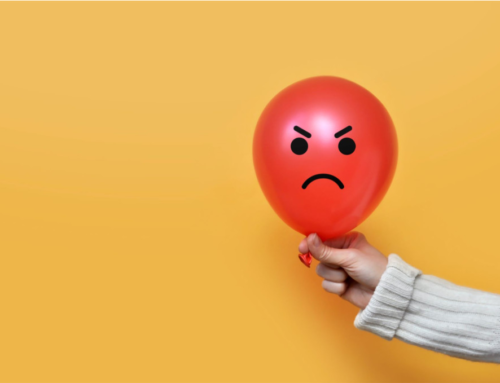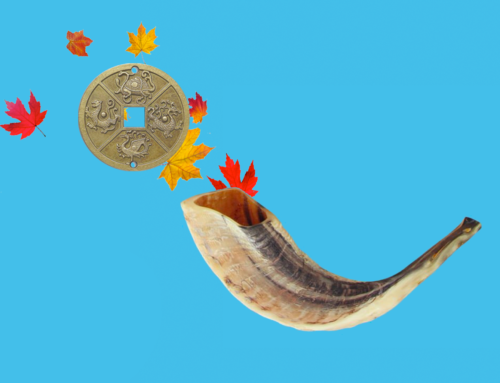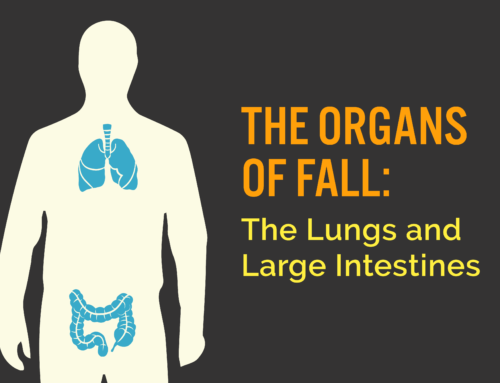Let me start by saying, holy cow, I love gua sha! Here’s why: it provides immediate relief (as we know acupuncture can sometimes be subtle and take time to yield results). Also, like cupping, it is diagnostic depending on the color of the skin after the treatment. If you look up gua sha, you may find that the images that come up look rather…severe, but don’t let that deter you! Gua sha may feel similar to having a massage in that it might feel tender, but also AMAZING at the same time.
Let me tone down my excitement and backpedal just a tad. What even is this fantastic tension-relieving technique? Gua is translated as ‘scraping’ and sha refers to the little red or purple petechiae that emerge on the surface of the skin as a result of the gua/scraping. This modality is done by using a smooth and rounded object. Most commonly used is a flat jade stone. However, there are a variety of gua sha tools in different shapes and materials: some are made of metal and bone, others are repurposed household items such as ceramic spoons and metal lids, and in Vietnam they are known to use coins.
Gua sha is typically done on the neck, shoulders and upper back, though it can be used on other parts of the body. Facial gua sha has become a very popular and more mainstream self care tool that people use on themselves at home for skin health. Gua sha helps circulation by moving Qi and blood (dispersing stagnation that shows up as muscle tension), expels heat and wind (fevers and upper respiratory infections), and can have a calming effect on the nervous system. It is a good modality all year round for the humans that are working day and night on computers and/or holding tension in their upper bodies, but can specifically be an asset for the spring season.
In Traditional Chinese Medicine, spring is associated with the element of wind. Wind is considered a pathogenic factor that can cause an increase in headaches and neck pain. In Vietnamese, gua sha is called cạo gió, which means “to scrape wind” because of its ability to expel wind and relieve tension in the head, neck and upper body.
If you do gua sha at home, or receive it in conjunction with your acupuncture treatments, here are a few aftercare tips to keep in mind:
- Similar to after massage or cupping, when muscle tissues have been worked on and release stagnation/toxins, you need to HYDRATE to flush toxins out of the body. Gua sha is considered a purging method that requires you to replenish yourself.
- When you’ve had gua sha, all the pores in the areas that have been worked on are wide open, exposing you to cold and wind entering your body, which you don’t want. So, make sure to keep those areas covered as to protect it from wind or cold, that includes exposure to cold water.
- If you do you have deep red or purple marks from the gua sha, they will dissipate within 1-4 days.





